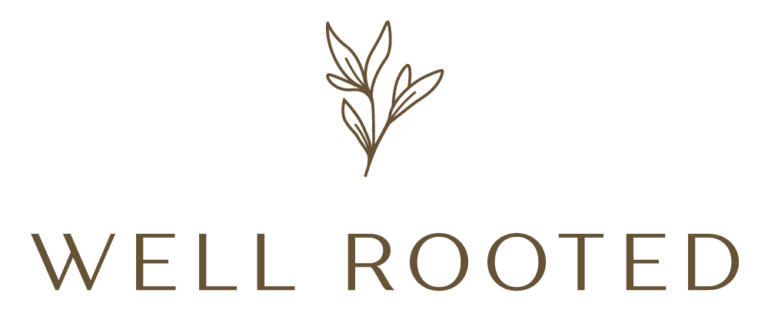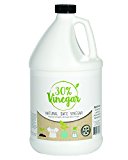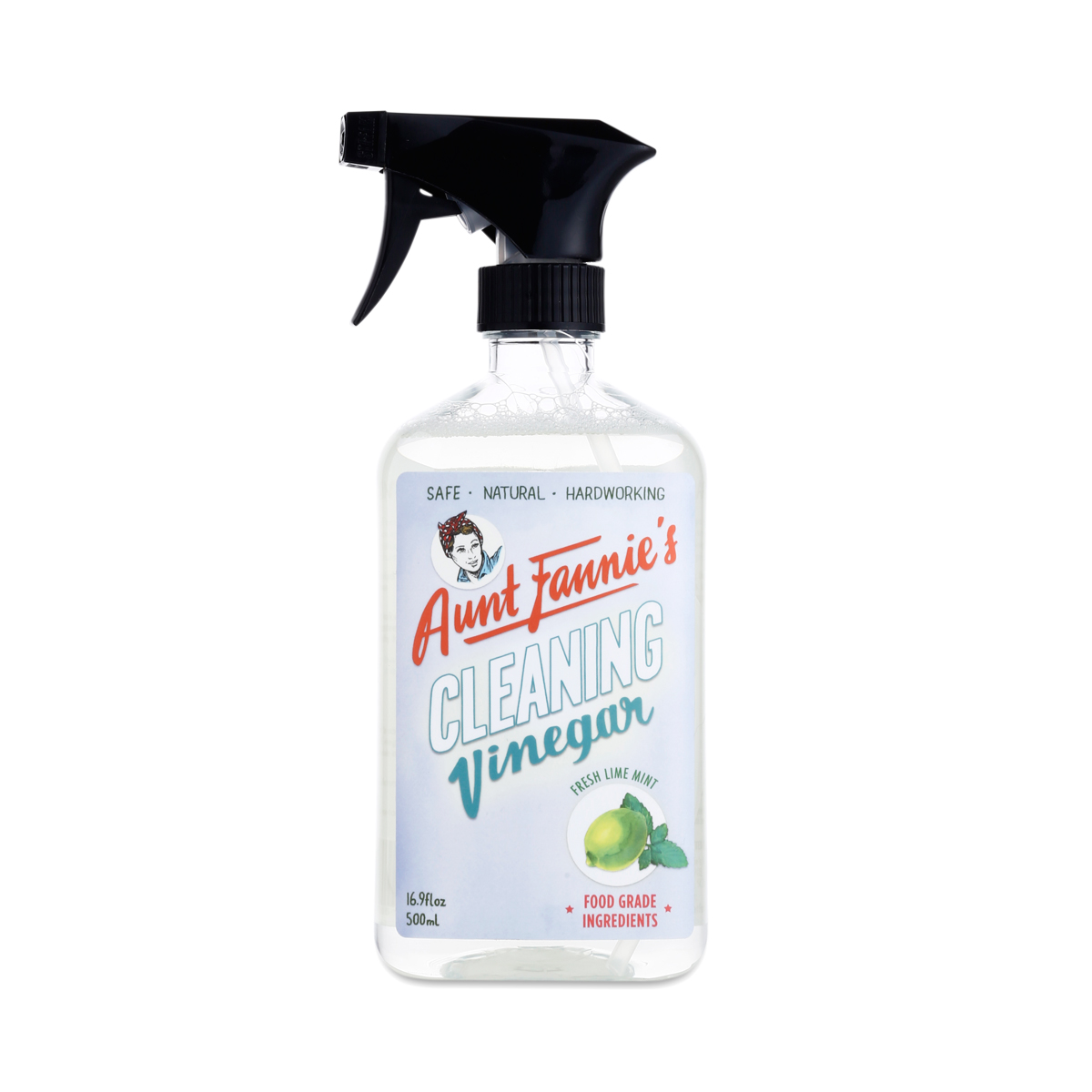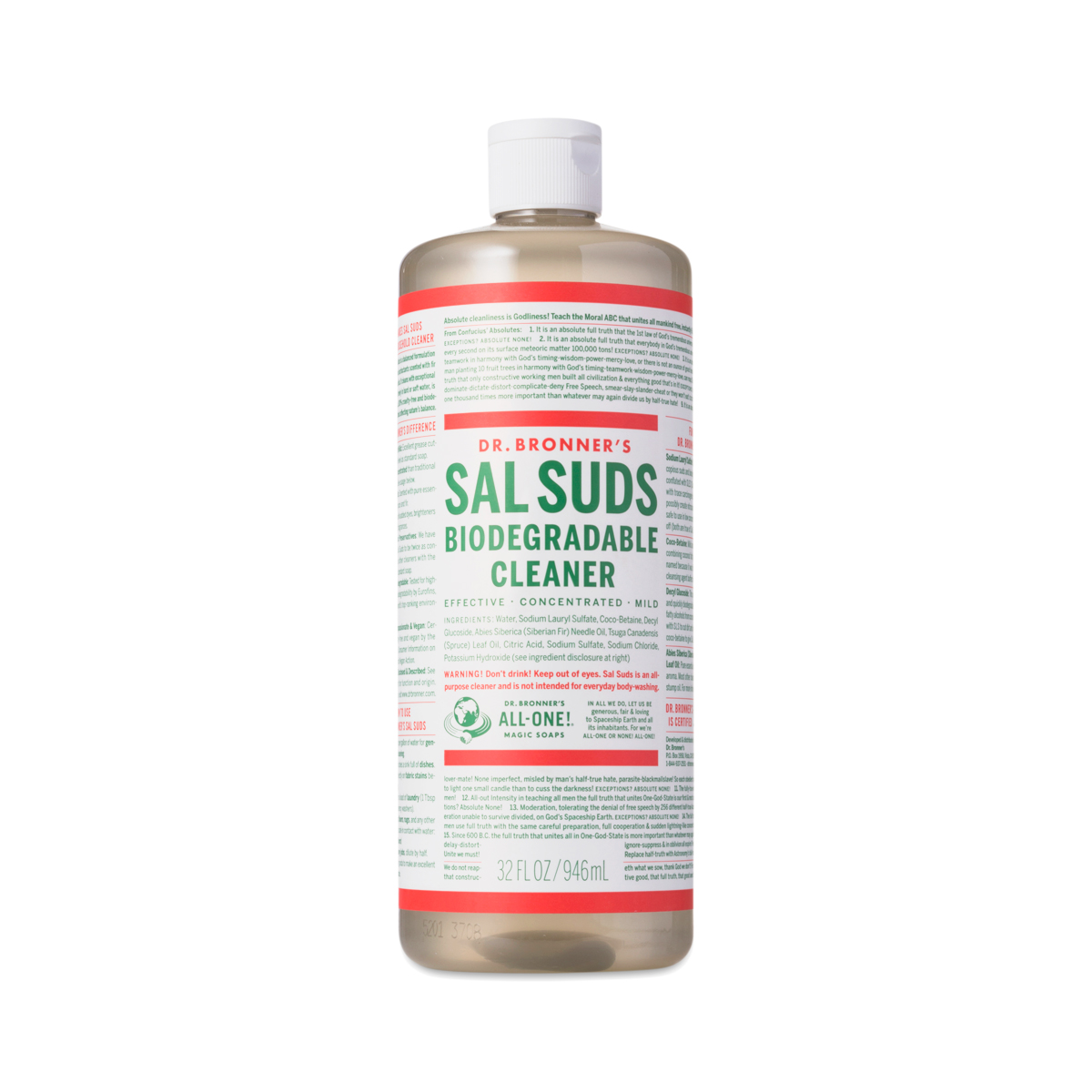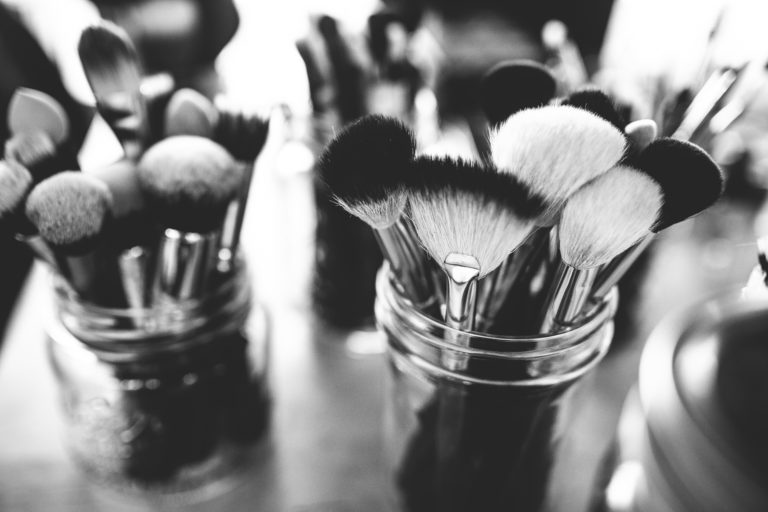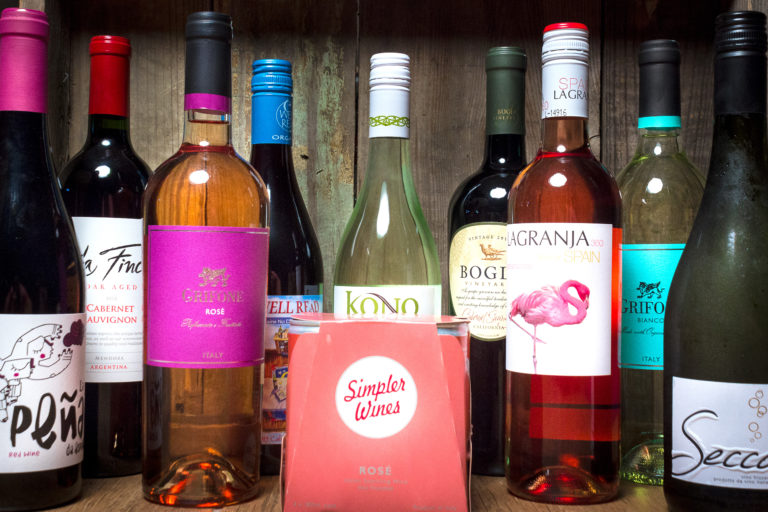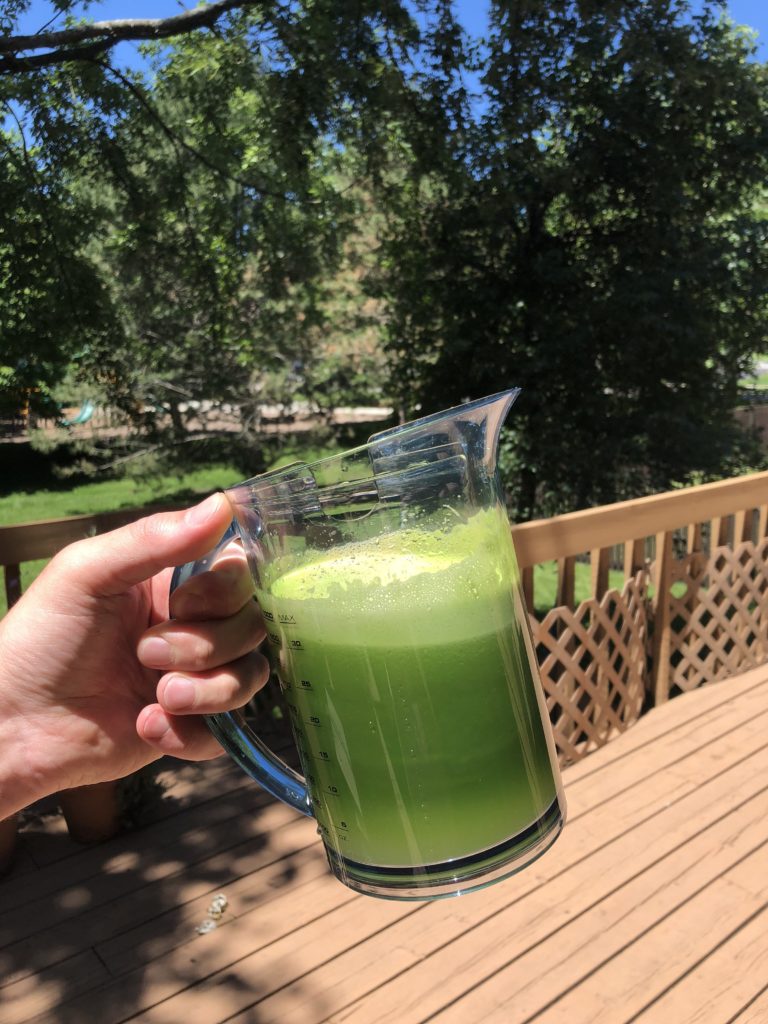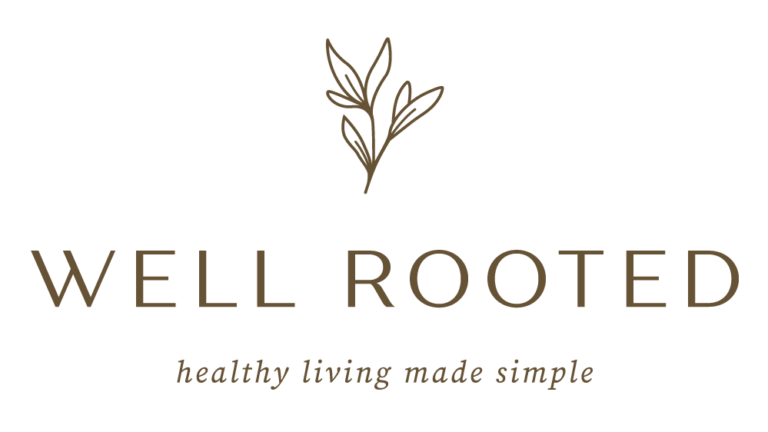Wellness Roundup: The Importance of a Healthy Home
In the midst of a new year and focus on healthy living, it is important to remind ourselves of what a healthy lifestyle actually means. Not only is clean eating and a fitness focus incredibly important, but so is applying this concept to all facets of your life. Health goes beyond the obvious objectives, and includes so much more. Learn The Importance of a Healthy Home in this month’s Wellness Roundup.

HOW YOUR HOME AFFECTS YOUR HEALTH
There is a wide array of products in our homes. Everything from cleaning supplies, and laundry detergents, to filters. These products are essential to our keeping our space clean and free of germs and bacteria, yet they can also cause more harm than good.
TOXINS
Products are secretly floating all around the house. The harsh chemicals contained in them transfer to various surfaces you come in contact with, and then they can be absorbed. Think of the dishes you use at each meal, the container you reheat your leftovers in, and the bathroom counter where you set your toothbrush.
And then there are the components we can’t even see. The chemicals and minerals in our water and food packaging, and carbon monoxide in our air.
Fortunately, we can take steps to avoid our exposure to these dangers, and keep our entire family away from harm.
THE BACTERIA BATTLE
Obviously we need to kill germs, but this is a double-edged sword. You want to eliminate the cold germs your kids brought home, and the nasty bacteria in the bathroom. Based on what we are lead to believe, we should be sanitizing everything. Of course we would turn to something advertised as killing 99.9% of germs.
However, typical household cleaners are full of seriously bad for you stuff. Most of the products in this category include warning labels, which should be our first sign that they aren’t safe.
Despite what many are led to believe, some germs are needed. For every bad bacteria, there is a good counterpart. They have to remain in balance, which is why we cannot just use anti-bacterial soap on everything. This would create an overly sterile environment, and our bodies would be unable to fight off infection.
Building a Healthy Home
The easiest and most practical way to clean up your home is to overhaul the products you use. Eventually, this would include all products in your home. Even if replacing most items isn’t achievable for you, aim to improve what you can. Every little bit helps.
And don’t forget to reference our handy easy swaps guide below.
CLEANING AND LAUNDRY PRODUCTS
When you spray products in a room, the mist is dispersed into the air. Not only do you get exposed in a large dose to the product right then, but it can hang around for hours, even days without proper ventilation.
Cleaners are usually the worst offenders and concentrated with dangerous chemicals. These products have the following shocking effects:
- Neurodevelopment disorders such as ADHD and Autism.
- Endocrine disruption and hormonal disorders, even affecting children in the womb.
- A common theme with nearly any chemical is Cancer. And there are dozens of them in cleaning products.
- Lung damage, asthma, and breathing disorders are especially connected to areas and spray products.
Something similar happens when you use toxic laundry detergent. The chemicals are transferred to the gym clothes you sweat in, and to the towels you use after a warm shower. While our pores are open they can absorb leftover detergent, fabric softener, or dryer sheets.
And these few examples are just scratching the surface. Looking for even more information? Check out this comprehensive guide from The Cleveland Clinic all about Household Chemical Products.
KITCHEN TOOLS
Sadly, even most of the items in our kitchen are full of toxins as well. Especially inexpensively produced items like plastics, non-stick coating, and canned foods.
- Plastics. Cheap plastic is just that, manufactured with shortcuts and petroleum products. Especially when heated, or when in contact with hot contents, these toxins leak out of the plastic into your food.
- Non-stick pans. Unfortunately this convenience comes with a price. Polytetrafluoroethylene is linked to cancer, endocrine disorders, and even immune system dysfunction.
- Dish soaps. Both dish soap and dishwasher detergent are typically ridden with fragrance, cleaning agents, and preservatives.
- Canned Food. As we outline below, BPA is a nasty toxin often found in canned foods. Linked to numerous health issues, know which brands are and are not safe.
Want to learn more? This detailed breakdown provides useful suggestions and cautions about these products and food safety.
WATER FILTRATION
Just when you think you’re out of the woods, even our tap water isn’t always safe. Because it is highly processed, preservatives are added for freshness and sanitation. It is also easily contaminated and affected by the health of pipes and storage facilities.
There are dozens of robust water filters you can install in your home, and opt for plastic-free bottled water when you are away.
Find the state of your water supply in the EWG’s Tap Water Database.
HOW TO IDENTIFY + AVOID TOXIC INGREDIENTS
As always, read your labels and understand what the ingredients mean. Get familiar with the most common toxins and where they’re found.
It may require a bit more research and require you shop around, but trust me, your health is worth it. Read on to learn the top 12 toxic ingredients and more ideas to make your own DIY cleaners.
Want even more safe cleaning inspiration? Check out Real Simple’s 66-All Natural Cleaning Solutions.
FRAGRANCE
The most common (and sneaky) ingredient in mainstream products, and also one of the most dangerous. You will find it many cleaning products, especially laundry, to cover up the chemical ingredients.
Make sure to read ingredient lists completely. Only essential oils are safe, every other form is to be avoided.
BPA
Found in many plastic products and canned goods, and unfortunately it does leak into your food. Associated with birth defects, multiple allergies, and heart disease.
More and more products are using BPA-free materials, and will label it as such. Never assume an item is actually BPA-free unless you have throughly checked the ingredients.
PHTHALATES
These aren’t called the everywhere chemical for no reason. Found in just about everything, make sure you read labels to avoid these nasty little substances. Linked to endocrine disorders, birth defects, diabetes, obesity, and more.
PLASTICS
Plastics are cheap, effective, and a silent killer. There are dozens of plastic types, so it is important to learn and know the toxic plastic varieties to avoid all their negative effects.
If you can’t avoid plastic altogether, which is incredibly hard, at least avoid the worst offenders. The bad plastics are often found in cheap, pliable, and shiny plastic products. Think food storage containers and cheap water bottles. Even some baby bottles aren’t safe.
Compare your current products to the EWG’s “Hall of Shame” List to see which made the list
RECOMMENDED SWAPS + PRODUCTS
Use this handy guide to quickly and easily replace your existing products.
SIMPLE SAFER SWAPS
Ditch This
Stain Remover
Chemical Disinfectant
Kitchen or Bathroom Cleaner
Fragrance Laundry Detergent
Dryer Sheets
Use This
Diluted lemon juice
Diluted White Vinegar
